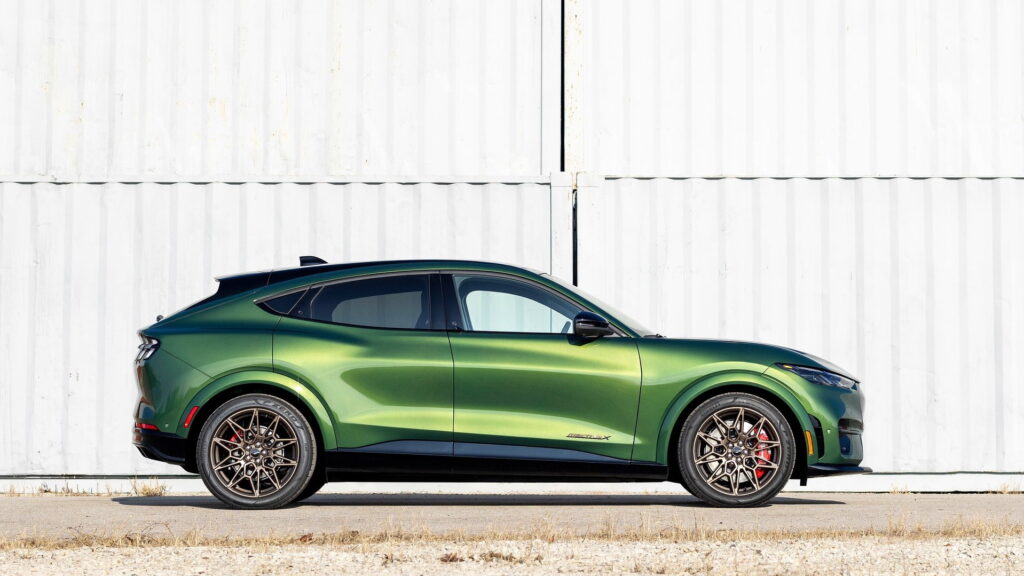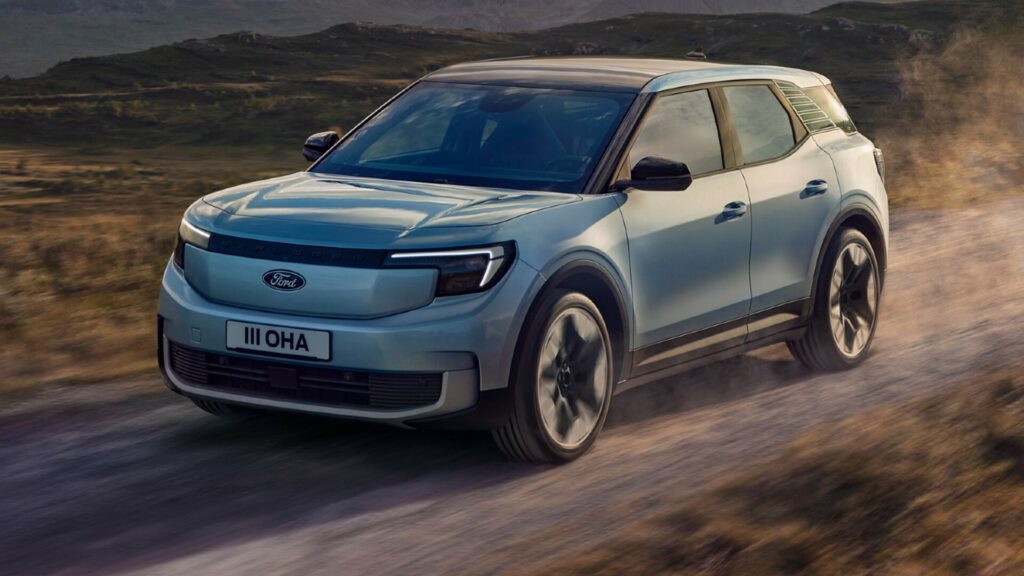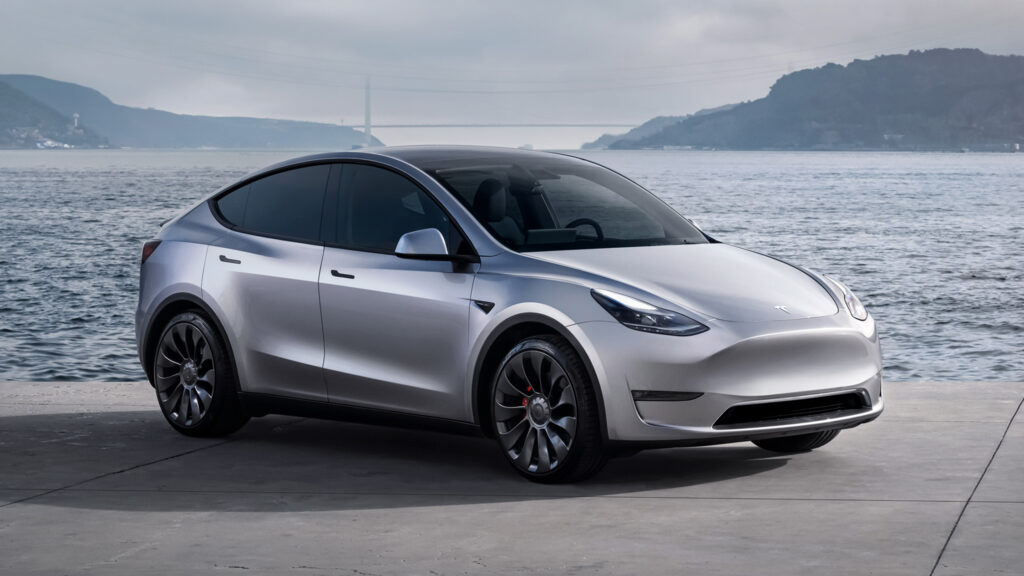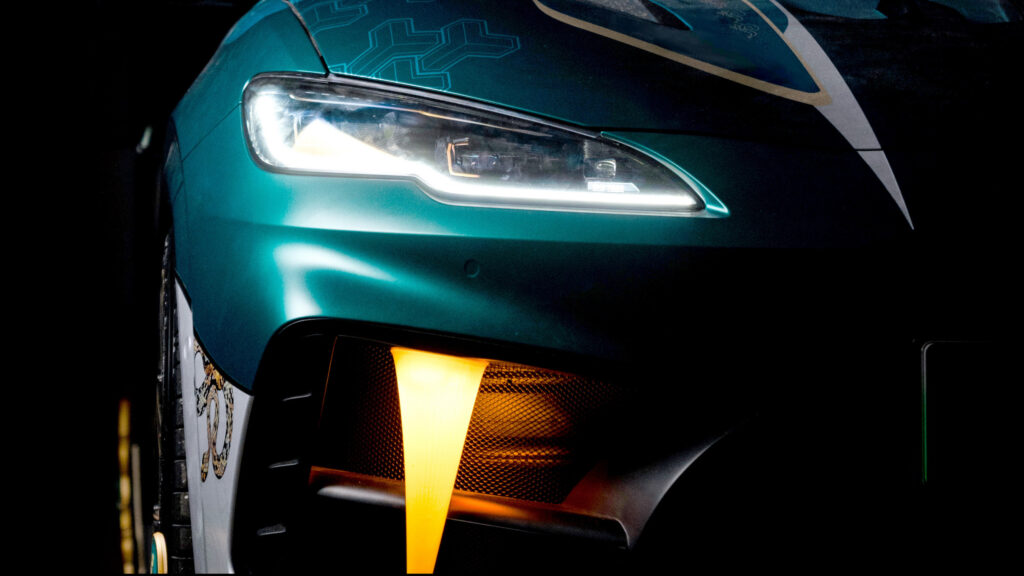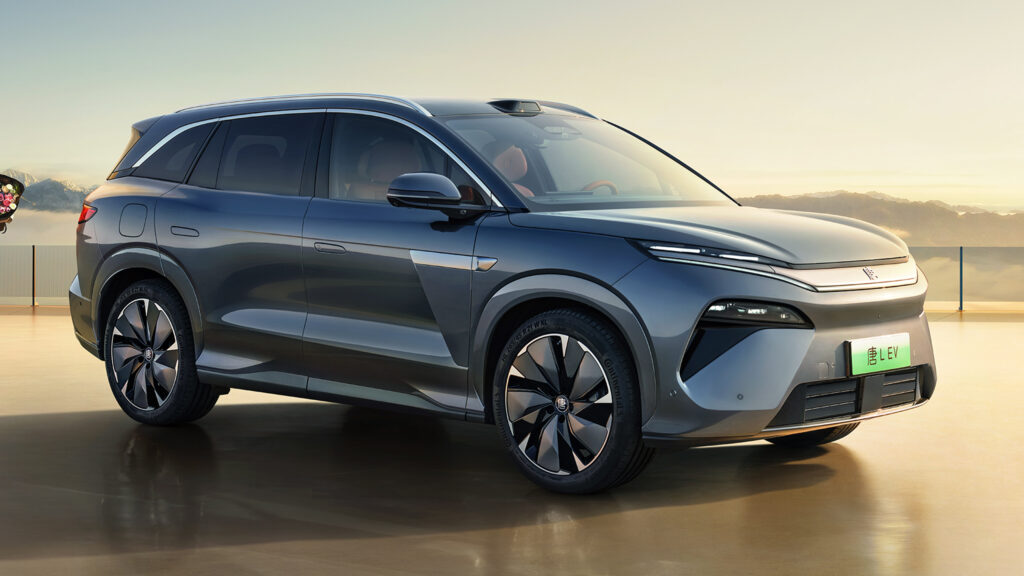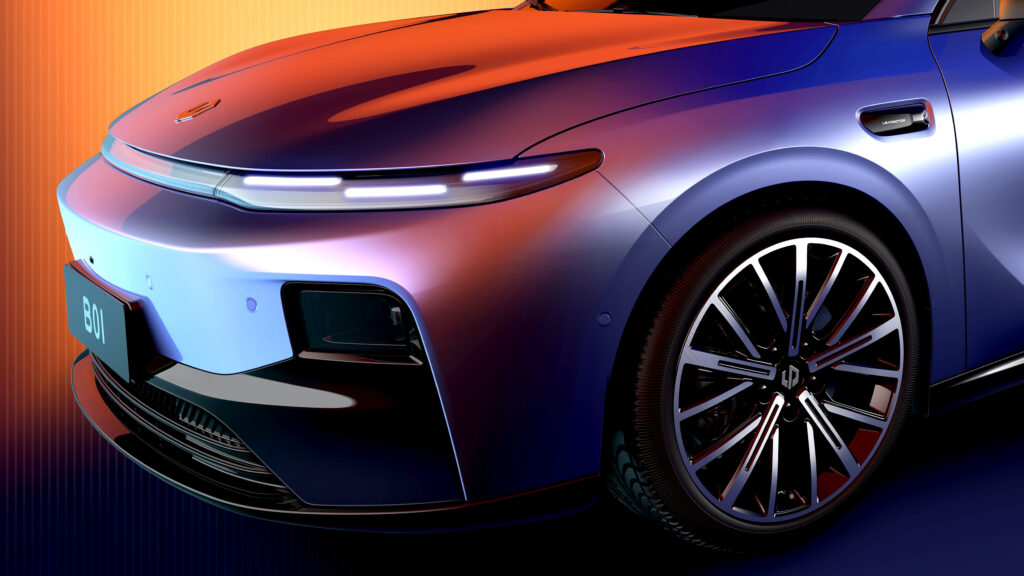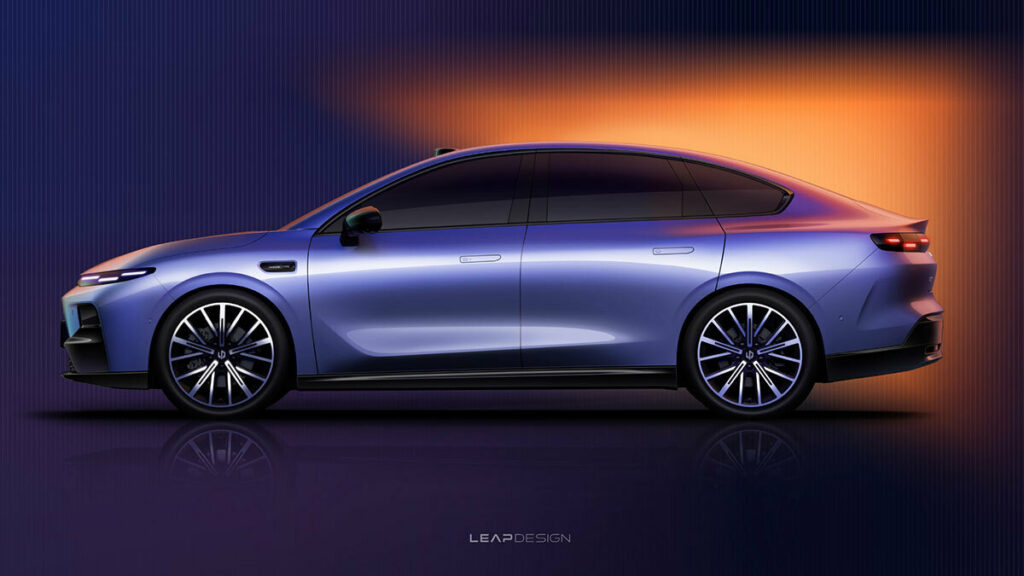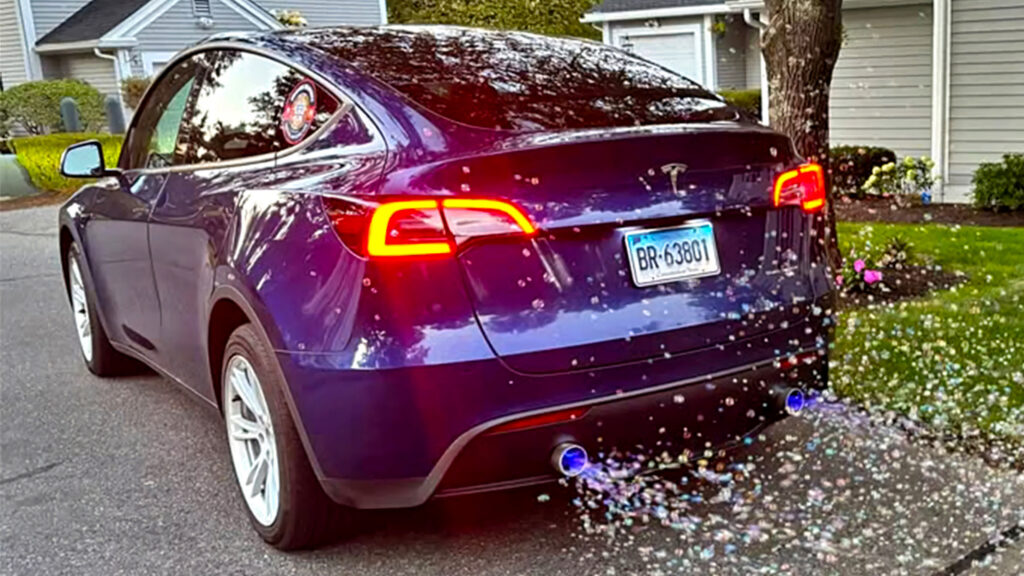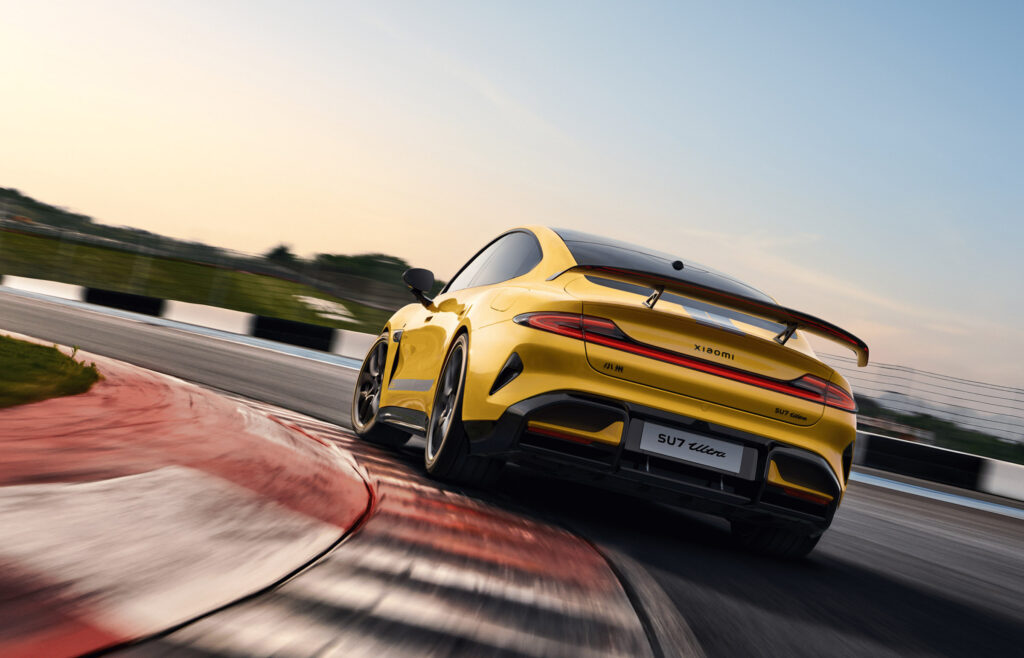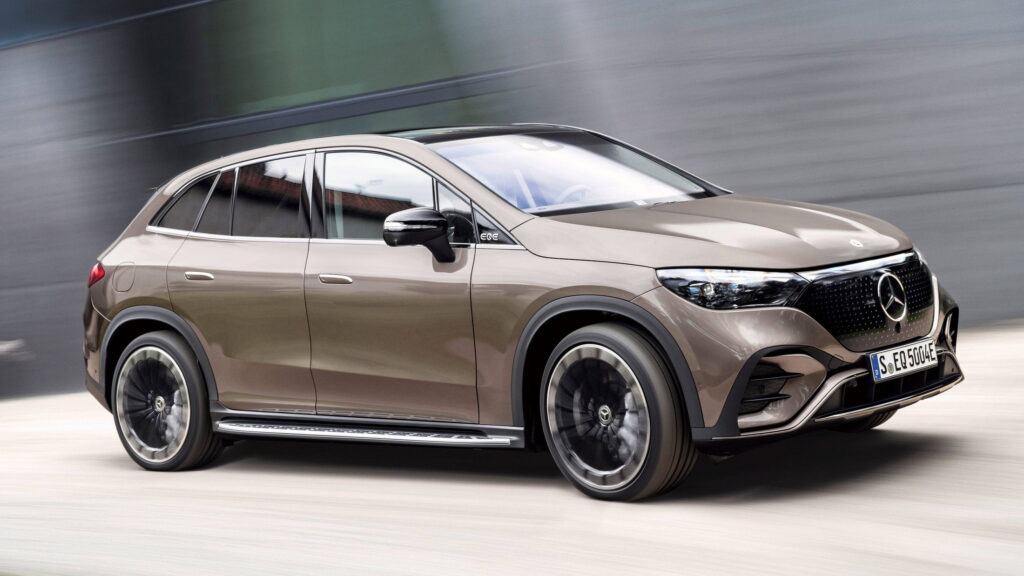Ferrari’s First EV Could Fake Gear Shifts Like The Ioniq 5 N

- Ferrari patents virtual gears system to simulate traditional engine gear shifting.
- A second patented sound reproduction device mimics the growl of an ICE vehicle.
- The first electric car from Ferrari is expected to be a crossover-like model
Developing and launching an electric vehicle is challenging enough for any mass-market brand, but for a smaller automaker like Ferrari, stepping into the world of electric cars is no easy task. While Ferrari undoubtedly has the engineering expertise, its rich motorsport legacy could make it a tough sell to its loyal fans who may not be ready to embrace the shift to electric.
Read: Ferrari Elettrica Coming In October After Years Of Development
This year, Ferrari’s first EV will finally make its debut. Currently dubbed the Elettrica, it’s expected to take the form of a hatchback-crossover. Two recently uncovered patent filings discovered by Motor1 suggest Ferrari is determined to ensure the car delivers on the emotional front.
How? By possibly incorporating artificial gear shifts, similar to the ones found in the Hyundai Ioniq 5 N, along with a sound reproduction device that mimics the unmistakable growl of an internal combustion engine. Obviously, silence just doesn’t cut it for Ferrari enthusiasts.
Virtual Gears: A Nod to Tradition
These two systems have been detailed in a pair of patents recently filed in Europe. The first patent describes a set of ‘virtual gears’ that Ferrari has developed for the Elettrica that uses an electric motor to simulate the changing torque of a traditional engine and transmission. These virtual gears could be operated using dedicated shift paddles, or they could be activated automatically depending on the throttle and brake outputs.

According to Ferrari, the virtual gears can change in as little as 200 milliseconds or as much as 600 milliseconds. It sounds strikingly similar to Hyundai’s setup for the Ioniq 5 N, a system that’s now also in the Kia EV6 GT. While some critics argue that EVs should focus on smooth, uninterrupted power, successfully recreating an ICE experience is a win for driving enthusiasts.
Sound That Satisfies. Sort Of
The second patent centers on a device that works in tandem with the virtual gears to provide an ICE-inspired soundtrack. This isn’t the first time Ferrari has ventured down this road. In 2023, the brand patented a “sound reproduction device” designed to bring an auditory thrill to its future EVs.
Recent spy videos of Ferrari’s debut EV have offered a glimpse of this sound system in action. The footage reveals a deep, bassy rumble that eerily resembles the growl of a powerful ICE engine. Whether that sound will be enough to ease purists’ pain over the absence of the iconic Ferrari engine roar, however, remains to be seen..




